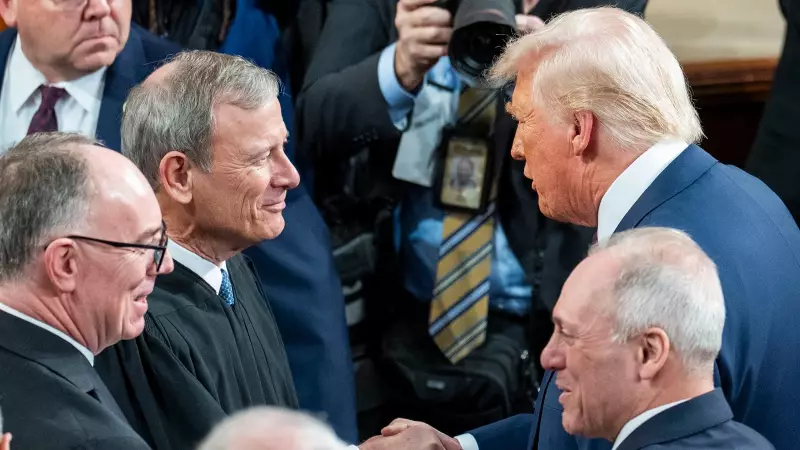
In a move that echoes through the corridors of American political history, former President Donald Trump's reported considerations to freeze federal spending bear uncanny resemblance to tactics employed by Richard Nixon five decades ago. This potential strategy revives a constitutional debate that once gripped the nation.
The Ghost of Nixon's 1972 Impoundment Strategy
Back in 1972, President Richard Nixon attempted to withhold billions of dollars in congressionally approved spending—a controversial maneuver known as impoundment. His administration justified this by citing inflationary concerns and what they deemed "unwise" congressional budgeting. Sound familiar?
Modern observers note that Trump's proposed spending freeze, potentially implemented through an executive order, mirrors Nixon's approach in both ambition and constitutional implications.
Congress Fights Back: Then and Now
The historical precedent suggests that such executive actions inevitably trigger legislative backlash. Nixon's impoundment strategy ultimately led Congress to pass the landmark Budget Control Act of 1974, which significantly curtailed presidential spending powers.
Legal experts warn that Trump's proposed freeze would likely face similar congressional challenges and potentially another constitutional showdown over the separation of powers.
Key Historical Parallels:
- Executive Assertiveness: Both presidents sought to expand executive authority over federal spending
- Congressional Pushback: Legislative branches historically resist perceived encroachments on their power of the purse
- Legal Challenges: Courts typically become the final arbiter in such constitutional disputes
- Political Theater: Both situations create dramatic political narratives about the balance of power
Modern Implications and Constitutional Questions
The potential revival of Nixon-era spending tactics raises profound questions about presidential authority in contemporary governance. Legal scholars emphasize that while presidents have some discretion in spending implementation, outright refusal to spend congressionally appropriated funds crosses into dangerous constitutional territory.
This historical comparison serves as both warning and precedent for how such executive-legislative conflicts might unfold in today's polarized political environment.
As political observers watch these developments unfold, the lessons from the Nixon era provide valuable insight into potential outcomes and the enduring nature of constitutional power struggles in American democracy.





